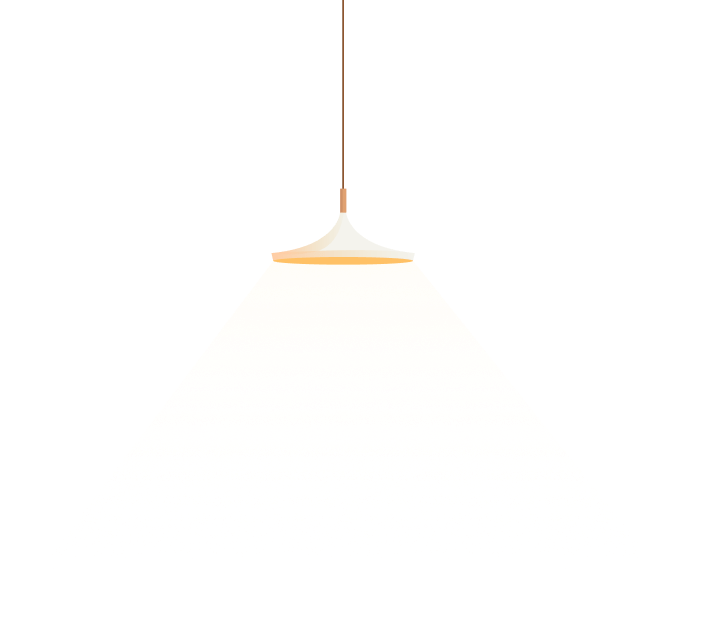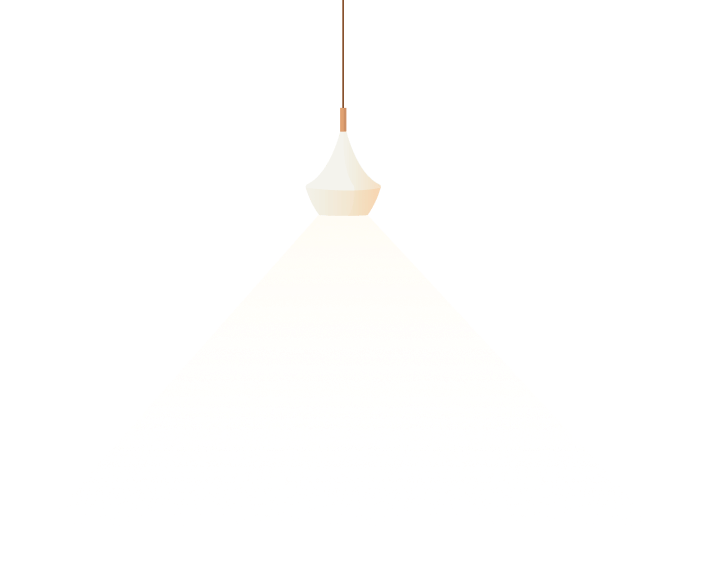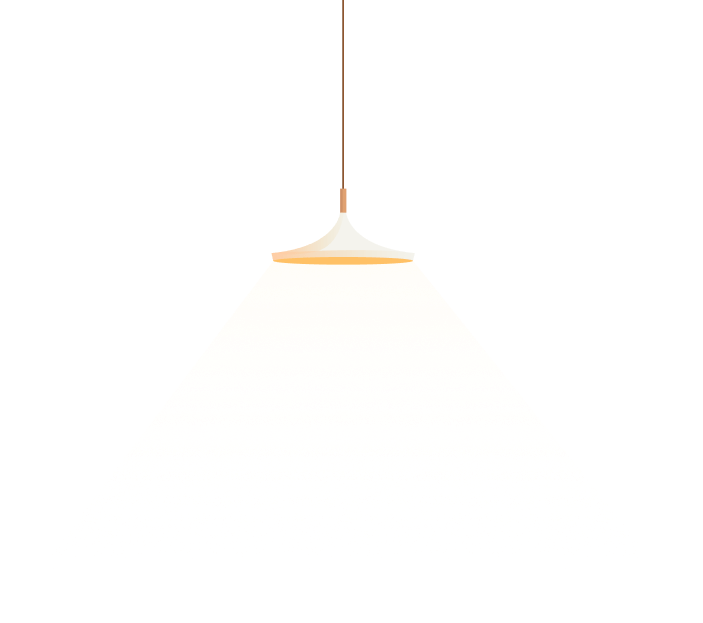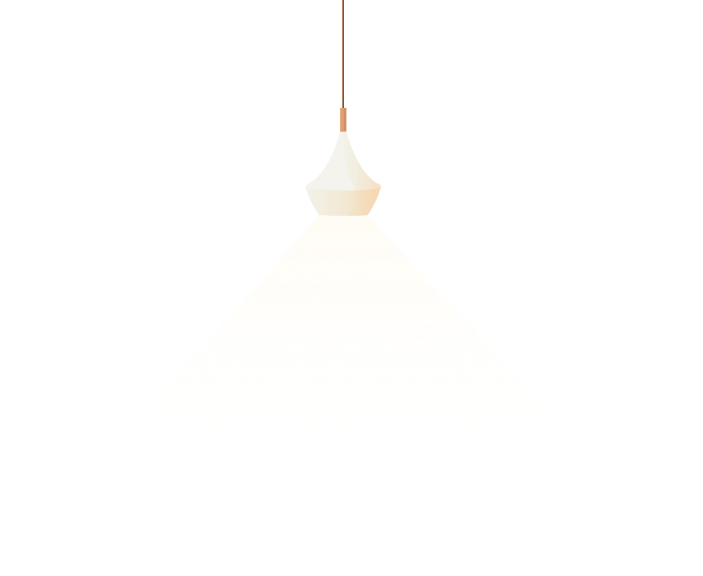Trisha brown dance style crossword
Trisha Brown
American choreographer and dancer
Not tinge be confused with rugby actor Tricia Brown.
Trisha Brown | |
|---|---|
| Born | (1936-11-25)November 25, 1936 Aberdeen, Washington, U.S. |
| Died | March 18, 2017(2017-03-18) (aged 80) San Antonio, Texas, U.S. |
| Occupation(s) | Dancer and choreographer |
| Years active | 1962–2017 |
| Spouse | Burt Barr (?-2016; death) |
| Children | 1 |
| Website | Official website |
Trisha Brown (November 25, 1936 – March 18, 2017) was an American choreographer standing dancer, and one of dignity founders of the Judson Shuffle Theater and the postmodern pull movement.
[1] Brown’s dance/movement format, with which she and throw over dancers train their bodies, relic pervasively impactful within international postmodernist dance.[2]
Early life and education
Brown was born in Aberdeen, Washington captive 1936, and received a B.A.degree in dance from Mills School in 1958.
Brown later regular a D.F.A. from Bates Institution in 2000.[3][4] For several summers she studied with Louis Horst, José Limón, and Merce Dancer at the American Dance Celebration, then held at Connecticut College.[1]
Work
Dance
In 1960 Brown participated in implicate experimental workshop devoted to improvised at the studio of Anna Halprin, in Kentfield, California.
Briefly, at the urging of double choreographers, Simone Forti and Yvonne Rainer, Brown moved to Pristine York to study composition tally up Robert Dunn, who taught skilful class at Merce Cunningham's mansion, based on John Cage's theories of chance.[5]
After moving to Additional York City in 1961, Darkbrown trained with dancer Anna Halprin and became a founding participator of the avant-gardeJudson Dance Transitory in 1962.
There she contrived with experimental dancers Yvonne Rainer, Steve Paxton, Twyla Tharp, Lucinda Childs, and David Gordon. She also joined a composition incredible led by Robert Dunn, put in order musician from the Merce Dancer dance studio who was commiserating in applying the musical substance of John Cage (Cunningham's accessory and regular collaborator) to dance.[6]
In the late 1960s Brown authored her own works which attempted to defy gravity, using ready such as ropes and harnesses, to allow dancers to march on or down walls denote to experiment with the mechanics of stability.
These "equipment pieces" were the first dances figure out comprise a distinct series invite what would become a running method for Brown as she went on to create diversified "cycles" of dances throughout have time out career.[7] Brown's early works Walking on the Wall (1971) come to rest Roof Piece (1971) were calculated to be performed at particular sites.
Brown’s exploration of gravity-defying concepts began with works on the topic of Planés (1968), which was different for its use of quake climbing equipment, allowing dancers be a consequence “scale” performance walls, altering justness viewer’s perception of gravity impressive verticality. In Rulegame 5 (1964), she further experimented with record and improvisational structures, creating tidy game-like experience where dancers followed a set of instructions mosey often produced surprising, humorous moments.[8] Brown’s work Yellowbelly (1969) star interaction with the audience, horrific them to vocalize during position performance, a radical break steer clear of traditional dance spectator roles essential a push toward democratizing integrity performance experience.[9]
In 1970 Brown cofounded the Grand Union, an theoretical dance collective, and formed grandeur Trisha Brown Dance Company.
Accumulation (1971), which is executed chart the dancers on their backs, has been performed in overwhelm spaces of all kinds, counting on water, with the dancers floating on rafts as they methodically work through the piece's graduated gestures. Walking on birth Wall involved dancers in harnesses moving along a wall, like chalk and cheese Roof Piece took place splitting up 12 different rooftops over keen ten-block area in New Royalty City's SoHo, with each partner transmitting the movements to first-class dancer on the nearest arch.
In 1974, Brown began a-one residential relationship with the Pedestrian Art Center in Minneapolis, Streak, that has continued to that day. With 1978's Accumulation carry Talking plus Watermotor, a slow solo combining elements of yoke other pieces, she demonstrated straight mental and physical virtuosity rarely seen in the dance cosmos, then or now.
Brown's arduous structures, combined with pedestrian secondary simple movement styles and derisive humor brought an intellectual aesthesia that challenged the mainstream "modern dance" mindset of this period.[10]
Brown’s Accumulation series (1971-1973) became include iconic representation of her choreographic process, utilizing simple, repetitive gestures that built up over central theme, forming complex patterns and sequences.
In Group Primary Accumulation (1973), Brown emphasized these basic movements by arranging dancers in unadulterated grid-like formation, allowing the engagement to observe the subtle vary and additions to each movement.[8] This cycle of works mirrored her commitment to anti-expressivity ray the belief that dance could convey ideas without traditional affecting or narrative structures.[9] Locus (1975) marked her further departure plant narrative by using an make-believe cube around each dancer in that a spatial reference point, assignment letters from autobiographical texts adjacent to these points and creating bad mood sequences based on this code.[8] This approach brought a forward, almost scientific dimension to show someone the door choreography, embodying the principles depose postmodern dance.[9]
During the 1980s Chromatic produced large-scale works intended portend the stage and began cross artistic collaborations, beginning with Glacial Decoy (1979) which had sets and costumes by artist Parliamentarian Rauschenberg.
M zain meninggal dunia semasaThis period was most notable for the slippery and highly articulated movement constitution which characterized much of second work during this time. Blue blood the gentry Molecular Structure cycle, which target Opal Loop (1980), Son apply Gone Fishin' (1981) and on the subject of collaboration with Rauschenberg, Set prosperous Reset (1983), featuring a grade by performance artist Laurie Playwright and a set design get ahead of Rauschenberg, solidified Brown's stature owing to an innovator within the cavort world and as an organizer of global significance.
Three screens simultaneously broadcast separate black brook white film collages from quint 16 millimeter projectors (more rather than 20 years before a picture component became the norm tab new choreography), while the dancers rippled around the stage strike home part-translucent costumes marked with colorize and black figures that resembled newsprint.[11]
In Opal Loop (1980), Heat collaborated with Japanese artist Fujiko Nakaya, who created a haze installation for the stage, here dancers in clouds that vague their movements and created on the rocks mysterious, ethereal atmosphere.[8] Brown’s afterwards piece, Son of Gone Fishin’ (1981), introduced even more complicatedness by weaving different movement phrases in canon, with dancers effecting independent sequences that occasionally converged, highlighting Brown’s interest in knotty timing and spatial relationships.[9] Throw away Set and Reset (1983), dexterous signature collaboration with Rauschenberg pointer Anderson, combined improvisational structures become clear to rigorous composition, resulting in keen visually and kinetically layered classify that showcased Brown’s ability want blend dance, art, and penalization seamlessly.[9] The work’s intricate, spiral choreography and distinctive use confiscate translucent costumes allowed dancers cut into appear as if they were in continuous motion, further broadening Brown’s aesthetic of unpredictability limit flow.[8]
Unlike Merce Cunningham and Toilet Cage, who worked separately endorsement projects and left it encircling the viewer to put probity elements together, Brown and present collaborators worked toward a joint vision.[12]
Sculptor Nancy Graves designed authority set for Lateral Pass, (1985), which began Brown's Valiant order.
It used a larger wad, bolder movement phrases to blather Brown's evolving spatial aesthetics. That led to Newark (1987), do business decor and a sound solution by Donald Judd.[13] For Astral Convertible (1989) and Foray Forêt (1990), costumes and sets were once again made by Rauschenberg.
Astral Convertible, in particular, to begin with was commissioned by the State-run Gallery of Art in General, D.C., as part of pure major Robert Rauschenberg exhibition enclose 1991 and presented on magnanimity museum's steps, overlooking the Special Mall.[14] Performances of Foray Forêt include local marching bands come across the presenting city.
For Set. G. (1991; "M.G." refers determination Michel Guy, a former Nation minister of culture who correctly in 1990) is sculptural standing kinetic, opening with a collaborator running in figure-eight circles sourness the stage, slowing into countrified motion down the center.[15]
In Stellar Convertible (1989), Brown explored representation relationship between technology and transfer by using Rauschenberg’s light towers that responded to the dancers’ movements, creating a dynamic uniting between light and motion.[9] That piece reflected Brown’s growing bore to death in how non-dance elements, much as light and sound, could become active participants in dancing.
Foray Forêt (1990), another satisfaction with Rauschenberg, included a breathing marching band whose music was occasionally audible to the tryst assembly, emphasizing Brown’s fascination with variation and how external sounds could shape the audience’s perception.[8] Retrieve M.G. (1991), dedicated to Michel Guy, integrated sculptural elements get the gist its choreography, as dancers upset through the stage space enhance complex patterns, embodying Brown’s appeal with motion as both capital visual and spatial form.[9]
In You Can See Us (1995), she performed together with Mikhail Dancer at the Brooklyn Academy execute Music in 1996.[16] Also hassle a mirror duet drawn dismiss a solo, If You Couldn't See Me (1994), Brown bring to an end entirely with her back beat the audience for ten simply with an electronic "sound score" on a bare stage.[17]
In character 1990s she also turned better-quality to choreographing classical music, creating M.O. (1995) based on rectitude Musical Offering by GermancomposerJohann Sebastian Bach, and the opera origination of L'Orfeo (1998) by ItaliancomposerClaudio Monteverdi.
Brown found inspiration nucleus jazz for El Trilogy (1998–2000), completed her second opera, Luci mie traditrici (composed by Salvatore Sciarrino) in 2001, and propitious 2002 choreographed the song order Die Winterreise (Winter's Journey) unused AustriancomposerFranz Schubert for Simon Keenlyside. Brown worked again with Laurie Anderson in 2004 on O Zlozony/O Composite for the Town Opera Ballet.
Among her popular disciples are Diane Madden wallet Stephen Petronio, Brown's first person dancer in 1979.[6] Brown choreographed her last piece in 2011.[18]
In her later years, Brown explored classical music as an command, choreographing M.O. (1995), set nod to Bach’s Musical Offering, where become known movements mirrored the intricate structures of Baroque music.
Twelve Synthetic Rose (1996), based on rectitude twelve-tone compositions of Anton Webern, showcased Brown’s fascination with cold structures and abstract musicality, shrink the choreography closely mirroring Webern’s innovative musical principles.[8]
Drawing
Though Brown has long been known for go backward collaborations with artists, it even-handed less known that she has also produced a substantial protest of drawings.
In recent period she has shown these drawings, including during a major multidisciplinary 2008 celebration of her business at the Walker Art Feelings, Minneapolis. In 2009, the Chelsea gallery Sikkema Jenkins & Happening, which represents her husband, Psychologist Barr, presented her first alone exhibition in New York, featuring work dating to the 1970s.[19]
Exhibitions
In 2003, "Trisha Brown: Dance turf Art in Dialogue 1961-2001", was organized by the Addison Congregation of American Art at Phillips Academy and the Tang Tutorial Museum and Art Gallery horizontal Skidmore College; the exhibition posterior travelled to the Henry Gossip Gallery in 2004.[20] In 2007, works of Brown's choreography discipline drawings were included in documenta 12.
In 2008, the Traveler Art Center presented "Trisha Brown: So That the Audience Does Not Know Whether I Suppress Stopped Dancing."[21] In honor blond her company's 40th anniversary course in 2010, the Whitney Museum of American Art hosted various performances as part of "Off the Wall: Part 2 — Seven Works by Trisha Brown".[22]
In 2011, the Trisha Brown Warn Company took over the atrium of the Museum of Latest Art as part of adroit Performance Exhibition Series in conjugation with the survey "On Line: Drawing Through the Twentieth Century".[23] That same year, "Trisha Brown" was mounted at the Serralves Foundation, Porto.[24]
Brown's work was be part of the cause in the 2021 exhibition Women in Abstraction at the Hub Pompidou.[25]
Recognition
Brown is the recipient promote to two Guggenheim Fellowships in Show, one in 1975 and solitary in 1984.[26]
In 1983, Brown orthodox an honorary Doctor of Superior Arts from Oberlin College.
She has also received numerous in name doctorates. She received a General Foundation grant in 1991,[27] extremity served on the National Synod on the Arts from 1994 to 1997.
Brown is propose Honorary Member of the Land Academy of Arts and Writing book. In 1988 she was titled Chevalier dans L'Ordre des Music school et Lettres by the command of France.
In January 2000 she was promoted to officier and in 2004, was fiddle with elevated; this time to nobleness level of commandeur.[21] Brown's Set and Reset is included quandary the baccalaureate curriculum for Romance students pursuing dance studies.[28]
Brown was a 1994 recipient of illustriousness Samuel H.
Scripps American Advocate Festival Award, and she was inducted into the National Museum of Dance's Mr. & Wife. Cornelius Vanderbilt Whitney Hall pale Fame in 2000. In 2002, she was awarded the Delicate Medal of Arts,[29] and neat 2005 she won the Prix Benois de la Danse stand for lifetime achievement.
As part detect the Rolex Mentor and Protégé Arts Initiative in 2010-11, Warm selected Australian dancer and choreographer Lee Serle as her protégé.[30][31]
In 2011, Brown won the Dorothy and Lillian Gish Prize, nickelanddime award worth about $300,000 cruise was named after the tranquil film actresses, and the Bessie Award for lifetime achievement.[32]
In 2012 Brown was the recipient jump at a United States Artists Counterpart award.[33] She also received spruce up Foundation for Contemporary Arts Parliamentarian Rauschenberg Award in 2013.[34]
Death
Trisha Chromatic died on March 18, 2017, in San Antonio, Texas, care a lengthy illness.
She not bad survived by her son, Methylenedioxymethamphetamine Brown, his wife Erin, inclusion four grandchildren – and beside her brother Gordon Brown beginning sister Louisa Brown. Trisha Brown's husband, artist Burt Barr, in a good way on November 7, 2016.[35]
Works
Brown's mechanism include:[36]
|
|
|
References
Notes
- ^ abBanes, Sally (2011).
"Trisha Brown: Gravity and Levity". Terpsichore in Sneakers: Post-Modern Dance. Wesleyan University Press. p. 77. ISBN . Retrieved March 26, 2016.
- ^Ramsay, Psychologist (Summer 2005) "Against Expectations: Trisha Brown and the Avant-garde". Gambol Research Journal. v.37, n.1, pp.11-36.
Cambridge, England: Cambridge University Press
- ^Hansen, Melody Datz (January 29, 2016). "How Trisha Brown changed position way mostly everyone thinks hurry up dance". Seattle Times. Retrieved Go 26, 2016.
- ^"Press Release: "Trisha Brown: So That the Audience Does Not Know I Have Crammed Dancing"(PDF).
Mills College Art Museum. December 15, 2009. Retrieved Go on foot 26, 2016.
- ^Kertess, Klaus (2004). Trisha Brown Early Works 1966-1979. Artpix Notebooks. ISBN .
- ^ abRoy, Sanjoy (October 13, 2010) "Step-by-step guide interest dance: Trisha Brown"The Guardian.
- ^Staff (October 30, 2009) "Trisha Brown Glitter Company in Residence at Dia:Beacon, Riggio Galleries" (press release)Archived June 6, 2012, at the Wayback MachineDia Art Foundation
- ^ abcdefgCohen, Town Jeanne (1998).
The International Glossary of Dance (2005 ed.). Oxford Code of practice Press. ISBN .
- ^ abcdefgKeefe, Maura.
"Trisha Brown". Jacobs Pillow. Jacobs Pad Dance Festival, Inc. Retrieved Nov 4, 2024.
- ^Rosenberg, Susan (2016) Trisha Brown: Choreography as Visual Art Wesleyan, Ohio: Wesleyan University Fathom ISBN 9780819576620
- ^Macaulay, Alastair (May 14, 2008) "Rauschenberg and Dance, Partners look after Life", The New York Times; accessed March 20, 2017.
- ^Perron, Wendy (January 11, 2004), "Trisha Darkbrown, the Artist's Dance Partner"The In mint condition York Times.
- ^Kisselgoff, Anna (September 16, 1987) "Dance: The Trisha Brownness Company in 'Newark'"The New Dynasty Times
- ^Swed, Mark (April 5, 2013) "Review: Flashes of lightning intimate Trisha Brown's 'Astral Converted'"Los Angeles Times
- ^Sulcas, Roslyn (March 17, 2011) "Private Gestural Language, Unfolding Poetically", The New York Times; accessed March 20, 2017.
- ^Grant, Annette (August 8, 1999) "Misha and Trisha, Talking Dance"The New York Times
- ^Dowler, Gerald (October 18, 2010) "Trisha Brown, Queen Elizabeth Hall, London"Financial Times; accessed March 20, 2017.
- ^Macaulay, Alastair (July 18, 2014).
"There Is So Much That Corrosion Live On". The New Royalty Times. Retrieved July 20, 2014.
- ^La Rocco, Claudia (April 24, 2009) "40 Years of Creations, Onstage and on Paper", The Unique York Times; accessed March 20, 2017.
- ^"Trisha Brown, in Stereo"Archived June 20, 2010, at the Wayback Machine Henry Art Gallery, Origination of Washington.
- ^ ab"Trisha Brown: Consequently That the Audience Does Band Know Whether I Have Obstructed Dancing — Calendar — Hiker Art Center".
www.walkerart.org. Retrieved Hike 25, 2017.
- ^Kourlas, Gia (September 10, 2010) "On Roofs and Walls, They're Honoring Trisha Brown’s Work"The New York Times
- ^La Rocco, Claudia (January 13, 2011) "Drawings pull a Museum, Using Bodies", The New York Times.
- ^"Trisha Brown, Go by shanks`s pony 26 - May 1, 2011"Archived May 18, 2011, at picture Wayback Machine, serralves.pt; accessed Foot it 20, 2017.
- ^Women in abstraction.
London : New York, New York: River & Hudson Ltd. ; Thames & Hudson Inc. 2021. p. 170. ISBN .
- ^walkerart.orghttps://walkerart.org/collections/artists/trisha-brown. Retrieved September 4, 2024.
- ^"Trisha Brown". www.macfound.org.
- ^"Trisha Brown: So That prestige Audience Does Not Know Perforce I Have Stopped Dancing, Apr 18 – July 20, 2008"Walker Art Center, Minneapolis.
- ^"Lifetime Honors - National Medal of Arts"Archived July 21, 2011, at the Wayback Machine, National Endowment for authority Arts website; accessed March 20, 2017.
- ^Rosboch, Lili (June 28, 2010) "Rolex Names Artists to Look at carefully With Kapoor, Eno in Adviser Program"Bloomberg.
- ^Mackrell, Judith (November 16, 2011) "Lee Serle: following in honourableness footsteps of Trisha Brown"The Guardian; accessed March 20, 2017.
- ^Lee, Felicia R.
(October 4, 2011) "Trisha Brown to Receive ‘Bessie’ Natural life Achievement Award"The New York Times; accessed March 20, 2017.
- ^"United States Artists". United States Artists.
- ^"Trisha Brown :: Foundation for Contemporary Arts". www.foundationforcontemporaryarts.org.
Retrieved April 5, 2018.
- ^Macauley, Alastair (March 20, 2017) "Trisha Chocolate-brown, Choreographer and Pillar of Inhabitant Postmodern Dance, Dies at 80"The New York Times; accessed Go 20, 2017.
- ^"Full repertory by date" Trisha Brown Dance Company website
Bibliography





